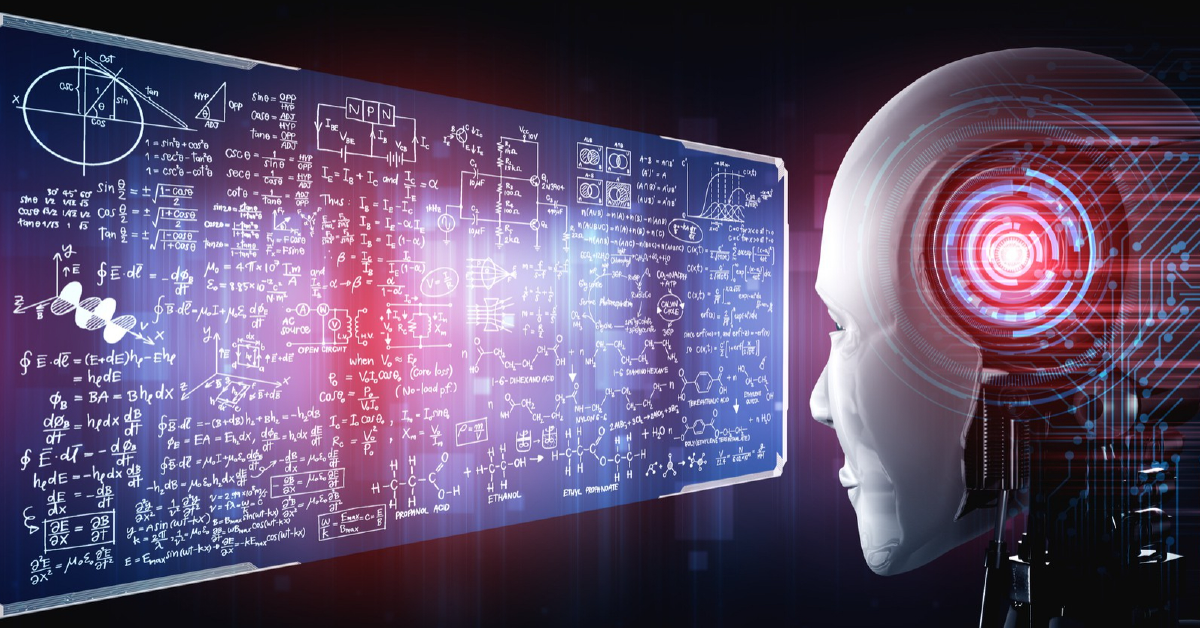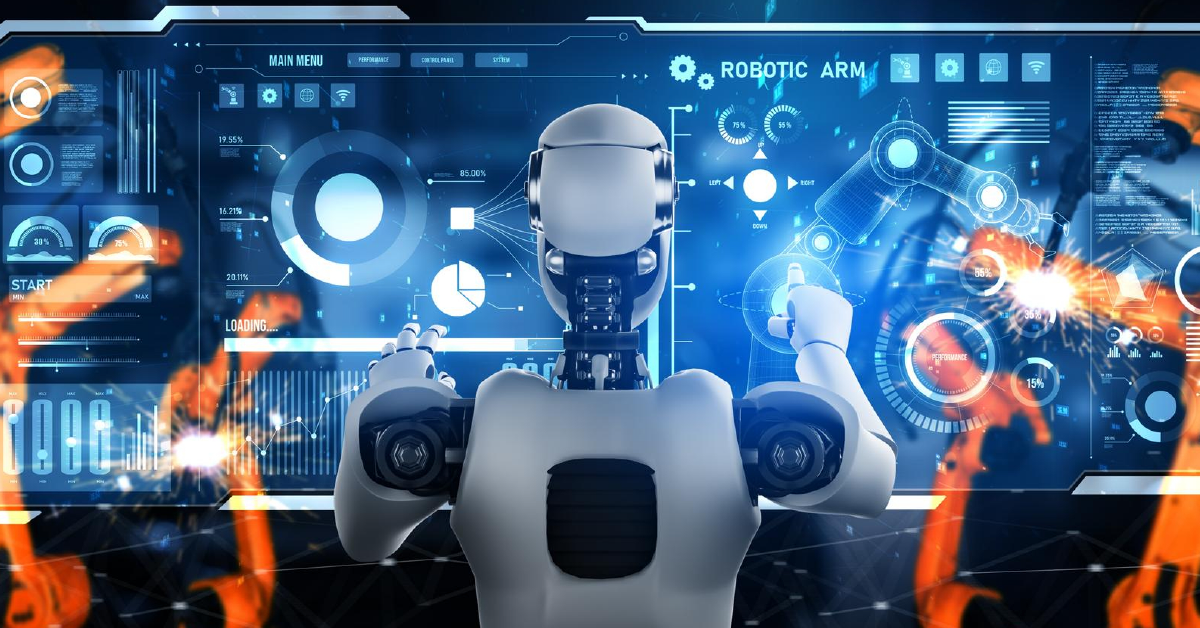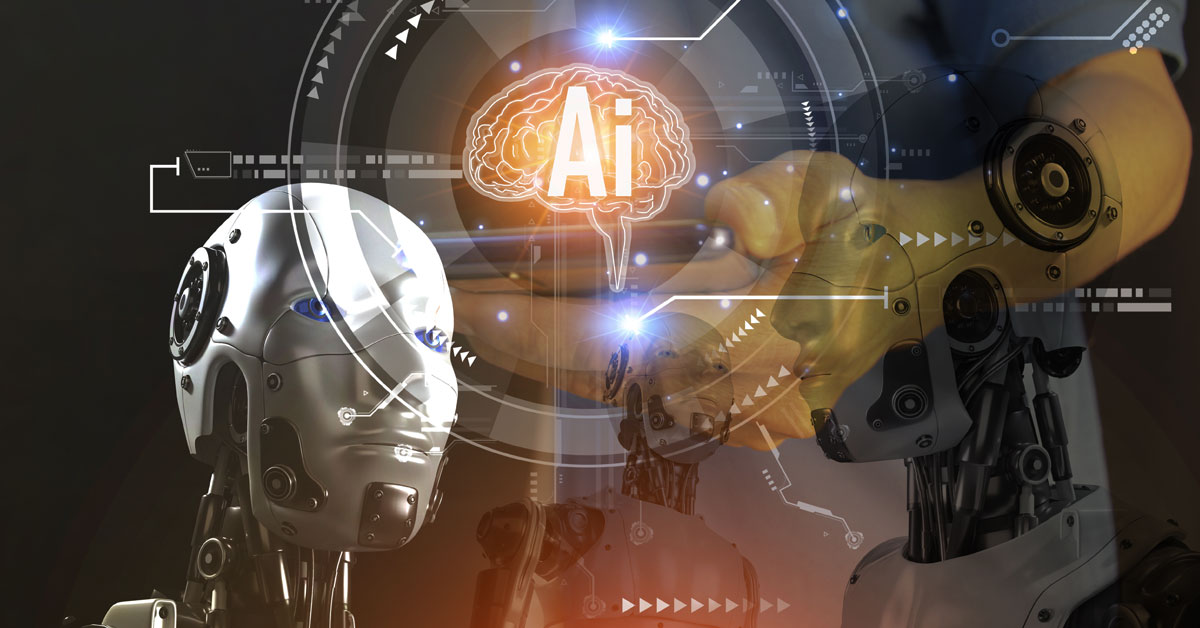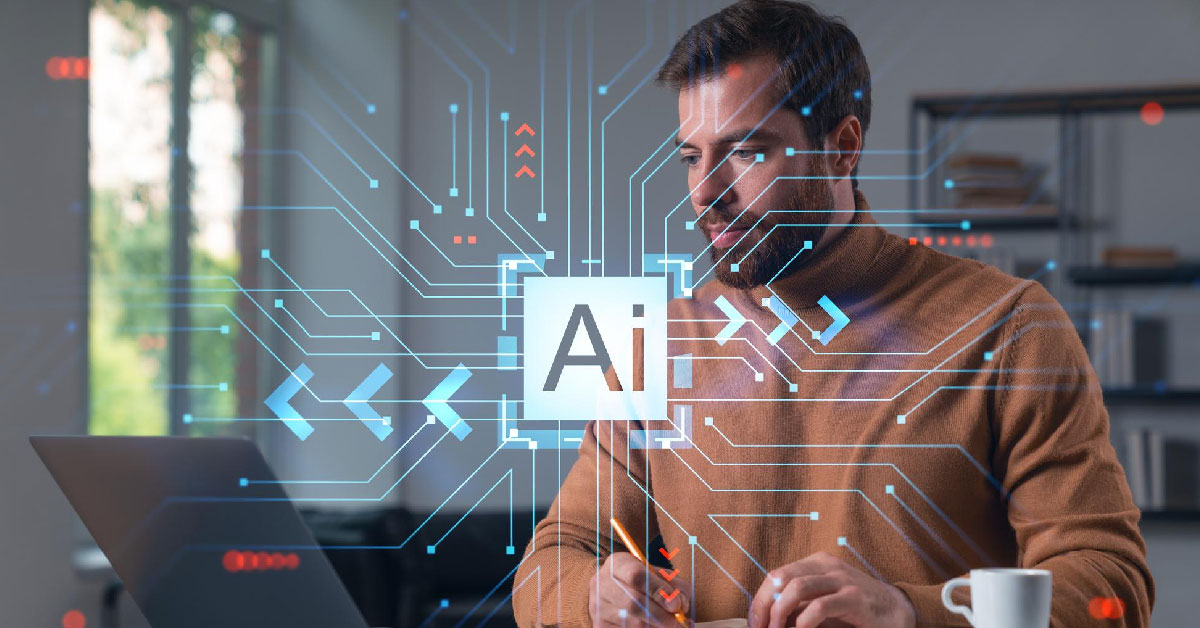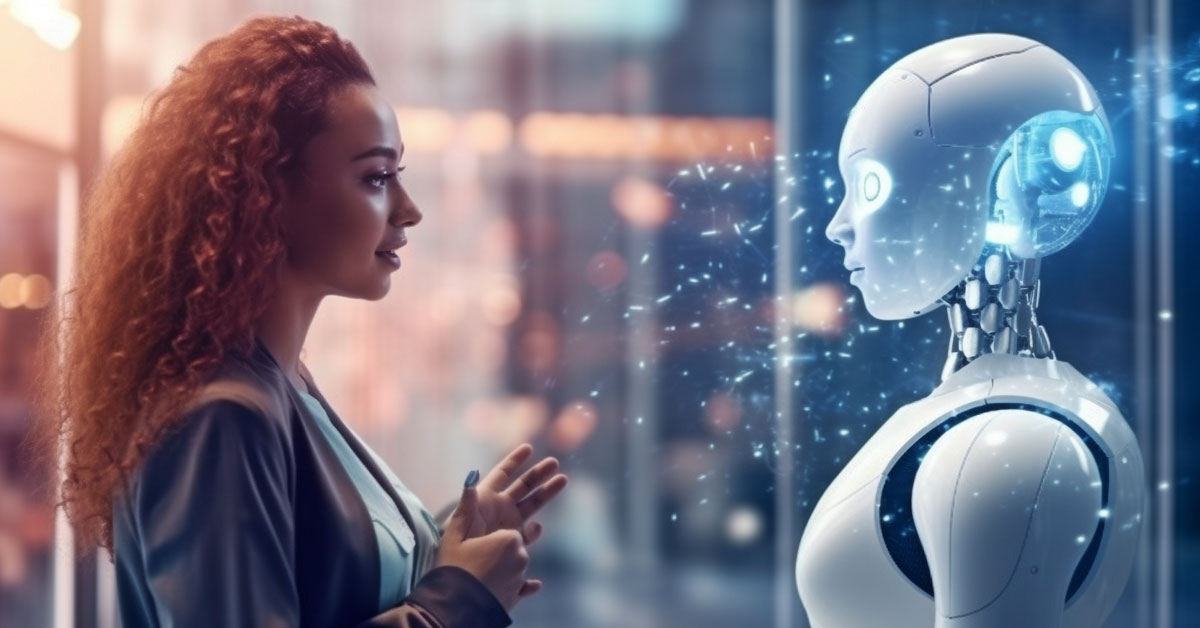Exploring How Machine Learning Utilizes Movement Data
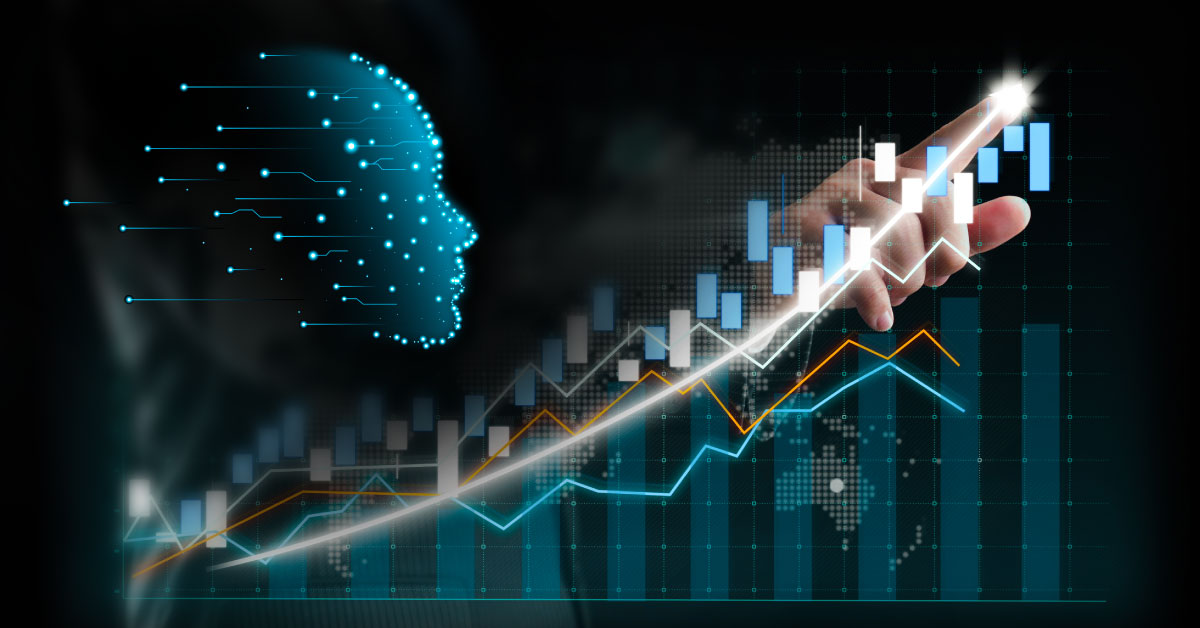
6 min read
Machine learning (ML) is a shining example of innovation in a time where movement can be data, and every data point can teach us something new. It transforms massive movement data into insights that can advance entire sectors. This blog explains how machine learning utilizes movement data, revealing the complexity and extensiveness of potential lying in the symbiosis of physical motion and algorithmic precision.
How Does Machine Learning Reveal the Secrets of Movement?
Machine learning’s ability to interpret the complex language of movement data is nothing short of transformative. Think of all the different movements around us, from a soccer ball flying into a goal to people bustling through a city. It helps us understand these movements better, showing us patterns we couldn’t see before. It’s like having a superpower that lets us unlock secrets from how things move.
This technology isn’t just about watching and learning and improving. In sports, it can help athletes play better and safer. Conservationists use it to protect animals by tracking their movements. City planners make better transport routes by studying how people move around. Even in movies and video games, it makes characters move more realistically. Additionally, in health, wearing a fitness tracker can help catch health problems early by monitoring how we move.
As ML gets even smarter, the ways we can utilize ML expand, making us wonder what else we can achieve. We’re just beginning to tap into the vast information that movement can provide, with machine learning as our essential tool for revealing its full potential.
How Does Machine Learning Simplify Movement Data?
Movement data is captured through various sensors and tracking technologies, each generating time-stamped records of positions, velocities, and directions. The challenge lies in the volume of this data and its rich complexity. Through training and refinement, machine learning algorithms learn to identify patterns within this complexity, offering predictions, optimizations, and insights that were previously out of reach.
Movement data comes from sensors that track where and how fast things move. This data is complex because it’s not just about how much data there is but also about understanding what it means. It helps us make sense of this data by spotting patterns and learning from them. This isn’t just about looking at the data; it’s about finding useful information, like predicting future movements or improving how things work.
As ML gets better at reading this data, we can do more than understand movement. We can start to make real changes based on what the data tells us, improving everything from health care and city living to sports and protecting animals.
Turning complex movement data into useful insights shows how powerful machine learning can be in helping us see the hidden stories in the data around us.
How AI Changes the Way Data Moves?
Artificial Intelligence and Machine Learning do much more than look at data; they change how data moves around our digital world. For example, in cloud computing, AI helps decide the best paths for data to travel. This ensures data gets stored and accessed quickly and safely, no matter where it needs to go.
- Making Data Flow Smoother
- In Clouds and Beyond: Artificial intelligence speeds up how data moves in the cloud and keeps it safe. It can spot where data might get stuck and find a way around, like traffic control for the internet.
- Smart Gadgets and IoT: The massive volume of data from smart devices is organized by AI, which ensures that essential data is processed swiftly and energy-efficiently.
- Faster Internet: AI also helps get videos and websites to load faster by picking the best route for the data, making browsing and streaming smoother for everyone.
- Keeping Data Safe: When it comes to keeping our data safe, AI is on the front lines, changing real-time security measures to protect against hackers.
Beyond Observation: The Predictive Power of ML:
The predictive capability of machine learning stands out as a transformative force when analyzing movement data. This aspect of ML allows for the distillation of actionable insights from historical and current data patterns, indicating the future with remarkable accuracy. By meticulously studying past occurrences and present conditions, ML algorithms can make informed predictions about future events and behaviors, ranging from natural phenomena like hurricane trajectories to human-centric patterns like urban traffic flows.
These predictions are not just random guesses but are based on deep analyses of vast datasets, where every nuance and pattern is considered. For example, ML algorithms sift through decades of weather data in meteorology, identifying patterns that precede hurricanes. This enables forecasters to provide earlier warnings, potentially saving lives and property. Similarly, analyzing traffic flow data with ML in urban planning helps city planners design better road networks, predict peak congestion times, and devise effective traffic management strategies. This predictive power of ML turns it into an indispensable tool for decision-makers across various sectors, enabling them to plan more effectively for the future by anticipating changes before they happen.
How are we navigating Challenges and Pushing Boundaries?
Integrating ML with movement data is a big task with challenges, but it’s an exciting area that is constantly growing. Making sure the data we use is correct, protecting people’s privacy, and avoiding bias in how algorithms make decisions are some of our biggest hurdles. However, experts are working hard to solve these issues.
For instance, they are finding better ways to keep data anonymous to protect privacy and create fairer algorithms to prevent bias. They are also improving how we check if data is accurate to make sure ML predictions are reliable.
Despite these challenges, ML and movement data work is making progress every day, opening up new ways to understand and impact our world. The possibilities are endless, from making city living better to helping protect animals. This journey of overcoming obstacles helps us tackle immediate problems and pushes us to think bigger and explore new boundaries.
Embracing the Future with ML and Movement Data:
The potential of ML to redefine our approach to movement data is becoming increasingly apparent. This journey toward the future is lit with the promise of transforming cities into smarter, more efficient habitats, fostering healthier communities through advanced monitoring, and creating systems that respond more intuitively to our needs, all because of ML algorithms‘ advanced analysis of movement data.
Future Frontiers: Blending Movement with ML:
The horizon is bright with the potential innovations at the intersection of ML and movement data:
Immersive Augmented Reality (AR): By harnessing real-time movement data, AR experiences are set to become even more immersive and interactive, allowing for a seamless blend of digital and physical worlds that enhances learning, gaming, and social interactions.
Intelligent Transport Systems: The future of transportation looks promising with vehicles and infrastructure that communicate, paving the way for safer roads and smoother traffic flow. This interconnected network promises to reduce accidents and significantly cut down on traffic congestion, making our cities cleaner and more livable.
Customized Health and Fitness: Imagine fitness programs that adapt to your unique movement patterns and health goals, offering a truly personalized approach to wellness. ML’s ability to analyze and learn from individual data means health and fitness guidance can be more targeted and effective, leading to better health outcomes and enhanced well-being for individuals.
Conclusion:
In conclusion, the exploration of how machine learning utilizes movement data is more than just a testament to the potential of modern technology—it’s a journey toward a future where every movement informs and inspires innovation. At Pranathi Software Services, we are proud to be a part of this journey, committed to unlocking the secrets of movement data and harnessing its power to create a better, smarter, and healthier world for all.
-
Pranathi Software Services Leading Innovation:
At Pranathi Software Services, we are deeply invested in this journey, leveraging the power of ML and movement data to deliver innovative solutions that meet the evolving needs of our clients and society. Our dedication to ethical practices and our expertise in AI and ML positions us uniquely to explore the vast potential of movement data. By prioritizing transparency, accuracy, and privacy, we aim to ensure that our contributions to this field drive technological progress, enrich lives, and foster a sustainable future.
FAQ:
1. How Does Machine Learning Use Movement Data?
Machine learning algorithms analyze movement data—how people walk, traffic patterns, or sports movements—to find patterns and make predictions. This can help in many areas, including improving health care, making cities smarter, and enhancing sports strategies.
2. What Are the Benefits of Machine Learning in Analyzing Movement Data?
The benefits include:
- More personalized health care.
- Safer and more efficient transportation.
- Better wildlife conservation efforts.
- Enhanced athletic performance.
It makes use of vast amounts of data to offer insights and solutions that were previously impossible.
3. What Challenges Does Machine Learning Face with Movement Data?
Some challenges include ensuring the privacy and security of the data, managing the vast amount of information collected. And avoiding biases in the algorithms that could affect the predictions or decisions made.
4. How Is Pranathi Software Services Contributing to This Field?
Pranathi Software Services is at the forefront of applying machine learning to movement data, offering innovative solutions that drive industries forward. Our commitment to ethical practices ensures our projects respect privacy and aim for the societal good, positioning us as leaders in technological innovation.
5. What Future Developments Can We Expect from Machine Learning and Movement Data?
Future developments may include:
- More advanced and immersive augmented reality experiences.
- Smarter transportation systems that reduce accidents and congestion.
- Personalized health and fitness programs tailored to individual needs and goals.
6. Can Machine Learning Predict Health Issues?
By monitoring movement patterns through wearable devices, machine learning can help identify potential health issues early. And allowing for quicker intervention and better health outcomes.
7. Is Machine Learning Biased?
Machine learning algorithms can inherit biases in the training data or how they are designed. However, there’s a strong focus in the field on developing techniques to detect and mitigate these biases to ensure fair and unbiased outcomes.
Published: April 30th, 2024

